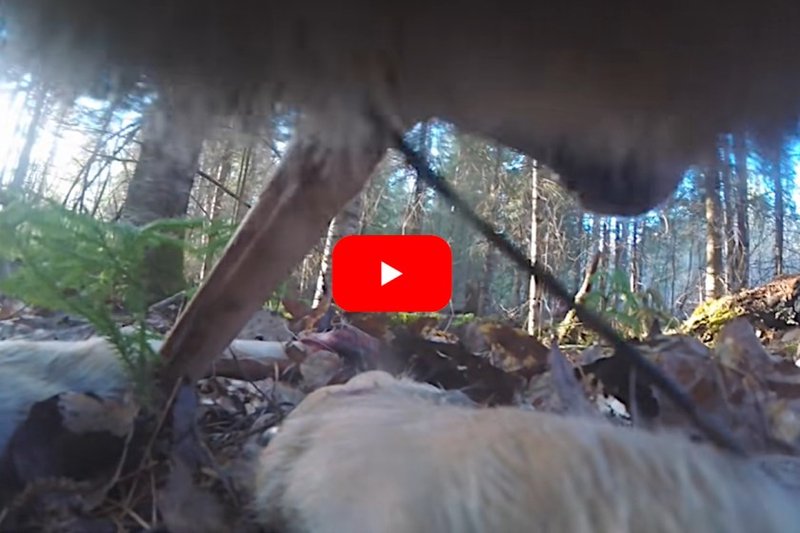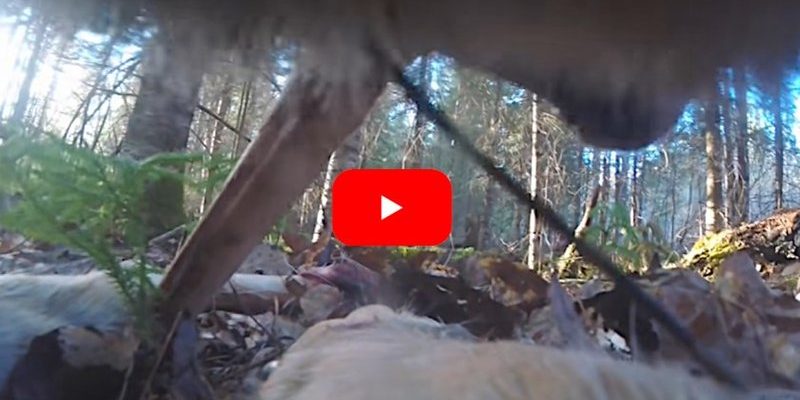
Now, if you’re new to this whole thing, don’t worry. You don’t need a biology degree to understand wolf worms and their activity. Picture it as going on a treasure hunt, except the treasure is knowledge about these amazing worms. Just like you’d prepare for a fun day out, you’ll want to equip yourself with some basic knowledge, good practices, and perhaps even a notebook—or your favorite app—to keep track of your findings.
What Are Wolf Worms?
Wolf worms aren’t your typical worms; they’re actually the larvae of a type of fly called the wolf fly. These little guys can be found in various habitats, primarily in regions with rich organic materials, like forests and meadows. They’re known for their unique life cycle, which involves them living as parasites inside their host, often larger mammals.
Let’s say you’re out hiking one sunny afternoon and you spot a wolf worm. It’s like finding a secret treasure under a rock! Most of the time, these worms are hidden, as they live within their host. Observing them in the wild is rare. You might see the movements of the host more than the worm itself, but knowing what you’re looking for can make the experience much more rewarding.
Many people are surprised to learn that wolf worms play a vital role in their ecosystems. By interacting with their hosts, they contribute to the natural balance of wildlife. This relationship helps control the populations of other insect species and keeps the ecosystem healthy. So, taking a moment to observe them isn’t just for your enjoyment; it’s a part of understanding nature’s intricate designs.
Why Observe Wolf Worm Activity?
You might be wondering, why is it important to observe wolf worms? Well, understanding their activity can shed light on the health of the ecosystem around you. Think about it this way: if you notice a drop in wolf worm populations, it might indicate an environmental issue, such as habitat loss or pollution.
Observing these worms also allows you to appreciate the complexity of life cycles. Watching a wolf worm grow can be like witnessing a tiny miracle unfold before your eyes. This knowledge not only enriches your experience in nature but also helps you become a better steward of the environment.
Plus, it’s just plain interesting! Imagine sharing your findings with friends or fellow nature lovers. You could be the one to enlighten others on wolf worms and their role in nature. There’s a certain thrill in being able to talk about something most people aren’t aware of, and discussing it becomes a conversation starter in itself.
How to Safely Observe Wolf Worms
When it comes to observing wolf worms, safety and respect for nature are key. First, it’s important to maintain a safe distance from any potential host animals. Getting too close might stress the animal or put you at risk. Just remember, you’re a guest in their home.
Here’s a step-by-step approach to safely observing wolf worms:
- Choose the Right Location: Look for areas where wildlife is abundant and there’s rich vegetation. Forests are a great start.
- Time It Right: Early mornings or late afternoons are often the best times to observe wildlife, including wolf worms.
- Stay Quiet: Animals can be skittish. Keep your voice low and avoid sudden movements.
- Use Binoculars: This allows you to see the action without getting too close. It’s like having superpowers!
By following these steps, you can have a rewarding experience without disrupting the natural behaviors of the animals around you. It’s all about striking that balance between observation and conservation.
Tools and Equipment for Observation
To make the most out of your wolf worm observation adventure, you might want to pack some essential tools. Think of these tools as your trusty sidekicks in this nature quest.
Here’s a quick list of gear to consider:
- Binoculars: Ideal for viewing distant action without intruding on animal space.
- Notebook: Perfect for jotting down your observations. You might spot patterns or behaviors that others miss.
- Camera: Capture the moment! Just remember to respect the space of wildlife.
- Field Guide: A good field guide can help you identify wolf worms and their hosts quickly.
Having the right tools can enhance your experience tremendously. You’ll feel more prepared and engaged in your observations, making it all the more memorable.
Identifying Wolf Worms in the Wild
Identifying wolf worms can be tricky, but it’s part of the fun! When you’re out in the field, there are a few signs to look for that indicate wolf worm activity.
First, keep an eye on host animals, especially those larger mammals like deer or livestock. You might notice them exhibiting unusual behavior, like scratching or showing signs of discomfort. This can indicate that they are hosting wolf worms.
Another key sign is the presence of wolf flies. These adult flies are often seen buzzing around their hosts. Spotting them can give you clues about where to look for the larvae.
Here’s a quick rundown of characteristics to identify after you spot the host:
- Color: Wolf worm larvae are usually a pale, creamy color.
- Size: They can vary in size, often depending on their stage of development.
- Movement: If you spot a movement within the host, it could likely be the wolf worm.
Knowing these signs can make all the difference in your observation experience. It’s like getting a VIP pass to nature’s hidden wonders!
Respecting Nature While Observing
Respecting the environment is crucial, not just for the creatures you’re observing but also for future generations to enjoy. Here are a few guidelines to keep in mind:
- Leave No Trace: Whether it’s your lunch wrappers or footprints, make sure to leave the area as you found it.
- Don’t Disturb the Wildlife: Avoid shocking or startling the animals. You’re there to observe, not to interfere.
- Educate Others: Share what you’ve learned with friends or family, encouraging them to do the same.
By being a responsible observer, you contribute to the well-being of the ecosystem. Plus, it sets a good example for others who might join you in the great outdoors.
Observing wolf worm activity in natural habitats can be a rewarding experience. It’s about more than just seeing a worm; it’s about connecting with nature, understanding ecosystems, and appreciating the little things. You can be a part of something bigger by watching these fascinating creatures, even if it’s just from a distance.
So why not grab your gear, head out into the wild, and start your adventure? With a sense of curiosity and respect for nature, you’re not just an observer; you’re a participant in the intricate dance of life. Whether it’s a quiet moment watching a host animal or jotting down notes on your findings, every small experience counts. Embrace the adventure, and you never know what you’ll discover!

